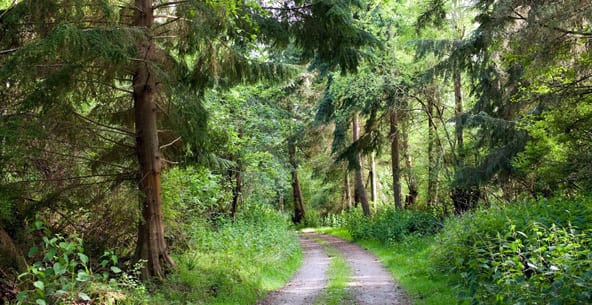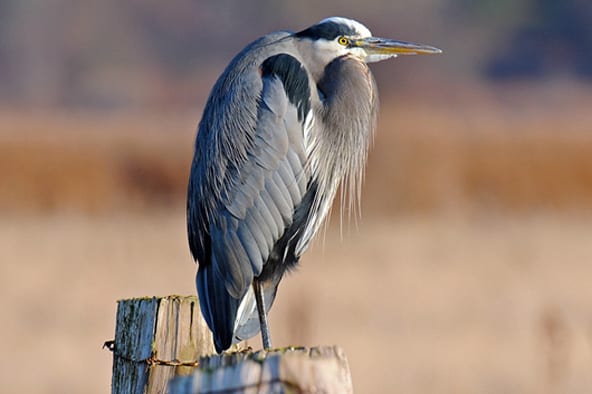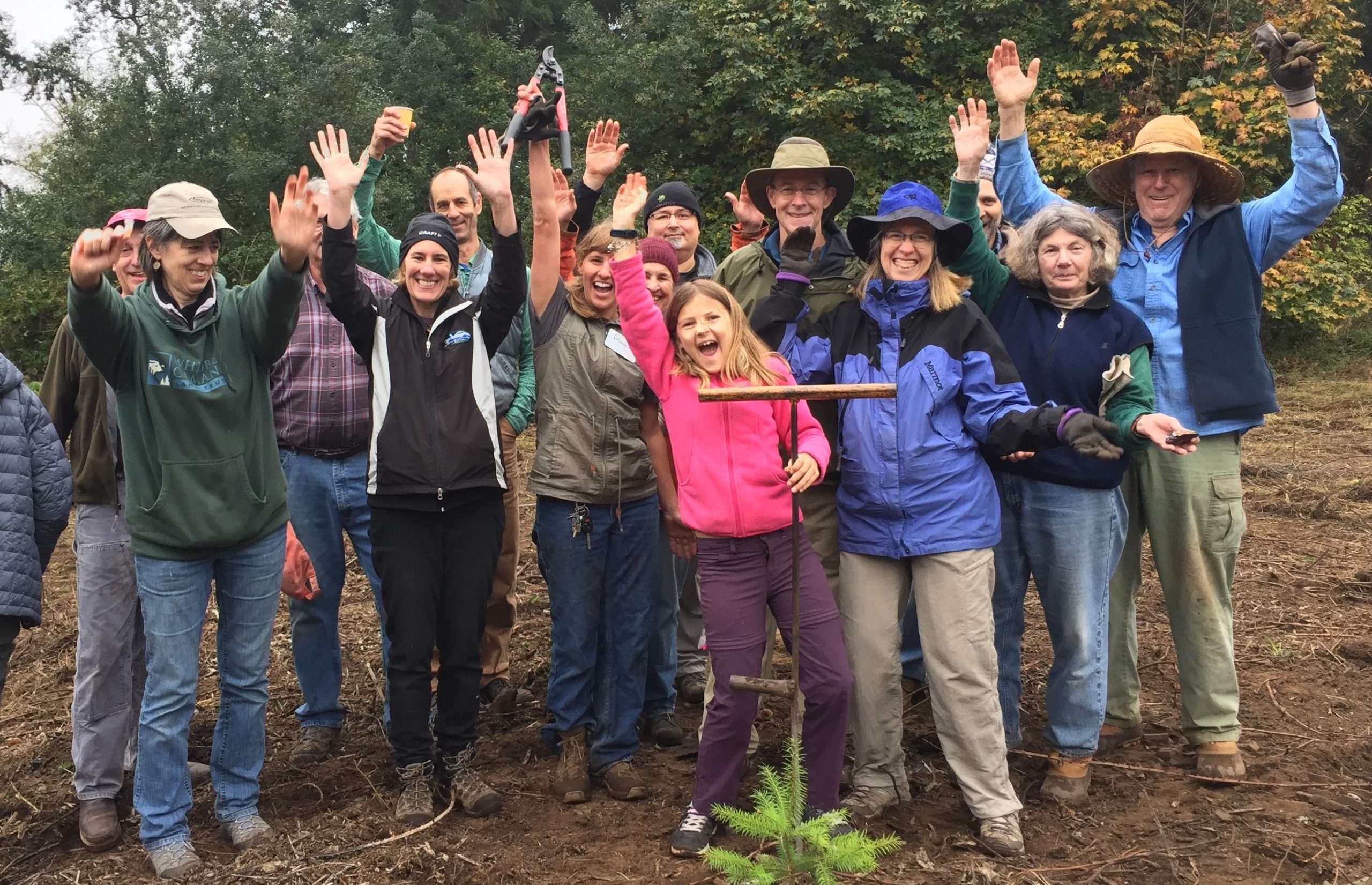Trillium Restoration Continues
Forest Thinning in Progress

Trillium Community Forest by Kevin Horan.
Having been logged multiple times over the last century, including a 450 acre clear-cut in the late 1980s, followed by overplanting and general poor land management, the forest was far from pristine when it was acquired by the Land Trust. Choked and dark with little remaining understory or groundcover vegetation, the forest was badly in need of restoration. (For perspective, a healthy old growth forest has approximately 25 trees per acre and the Trillium Community Forest had 600 trees per acre). An active forest management plan was developed with the goal of returning the forest to health and enhancing the habitat for wildlife.
Between 2012-2016, five blocks of the forest were thinned to reduce the forest to approximately 220 trees per acre. The forest’s vegetation has responded extremely well to the first phase of thinning. The previously densely-packed trees are growing rapidly with the increased light, nutrients, and water. The understory plants, growing beneath the main canopy of the forest, are greening up and filling in, thereby improving wildlife habitat and food availability.
A second round of thinning — to get to 125 trees per acre — is now underway. The previous five blocks are being merged into three larger blocks. This “double-entry” staggered thinning is being done for two reasons: to allow the remaining forest to adapt and prevent weather damage to the surviving trees.
For the thinning, the Land Trust partnered with a local logging company that uses state-of-the-art equipment with low soil impact and high harvest efficiency. Because of this, rather than costing us money, the thinning actually paid for itself and generated a small profit. In the first round of thinning the small diameter wood (because of the denseness of the trees) was sold as pulp and firewood.
Due to the forest response to the first thinning, this second round will produce dimensional timber with a greater market value, potentially providing income from the harvest that the Land Trust can use for management of the forest. Following the two rounds of restoration thinning, the Land Trust has no plans for additional major thinning operations. Future projects may include smaller thinning in patches to create small gap openings or respond to forest health issues. The goal instead is to let the forest progress naturally to old growth conditions. To increase forest biodiversity the Land Trust will be following up with tree plantings to begin the new age class of forest in the understory. Western hemlock, western red cedar, big leaf maple and Sitka spruce are a few of the species that will be added into the forest after thinning work is completed.

Trillium before thinning in 2015.

Trillium after thinning in 2015.










